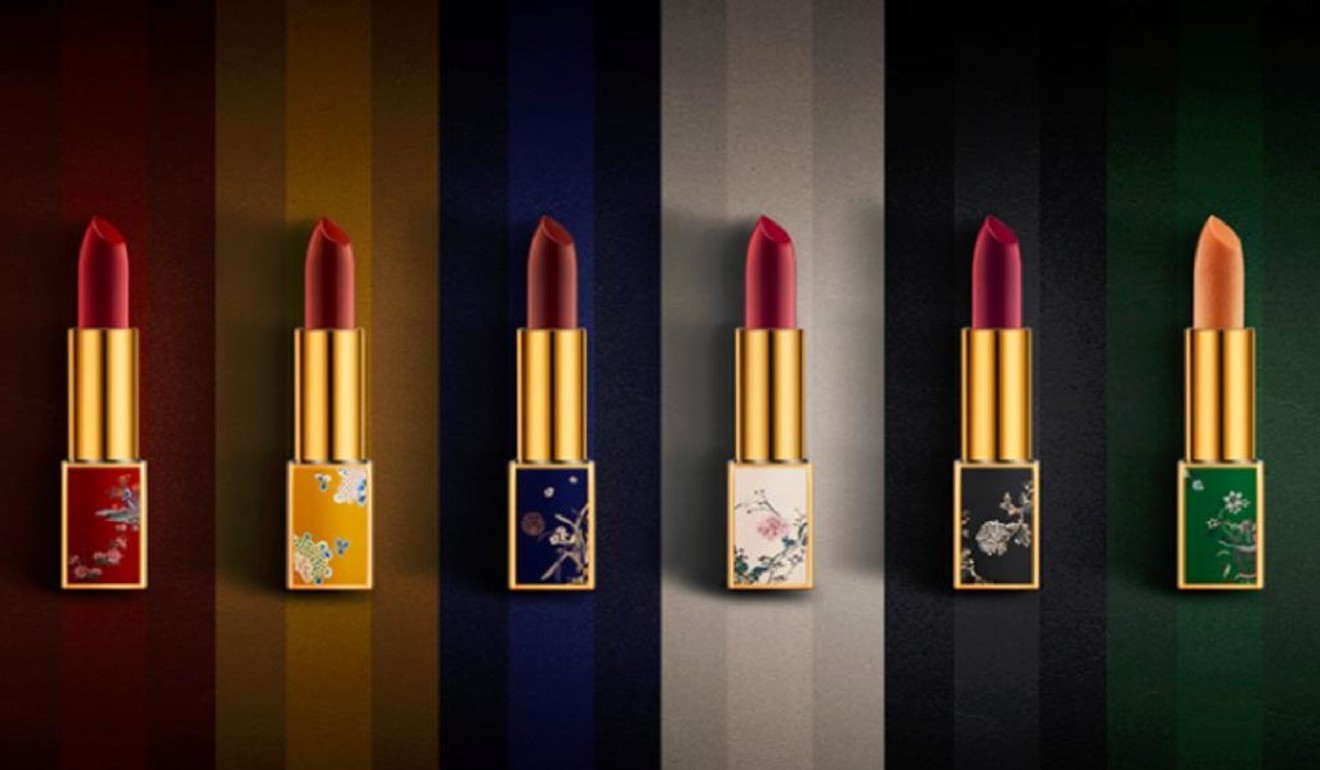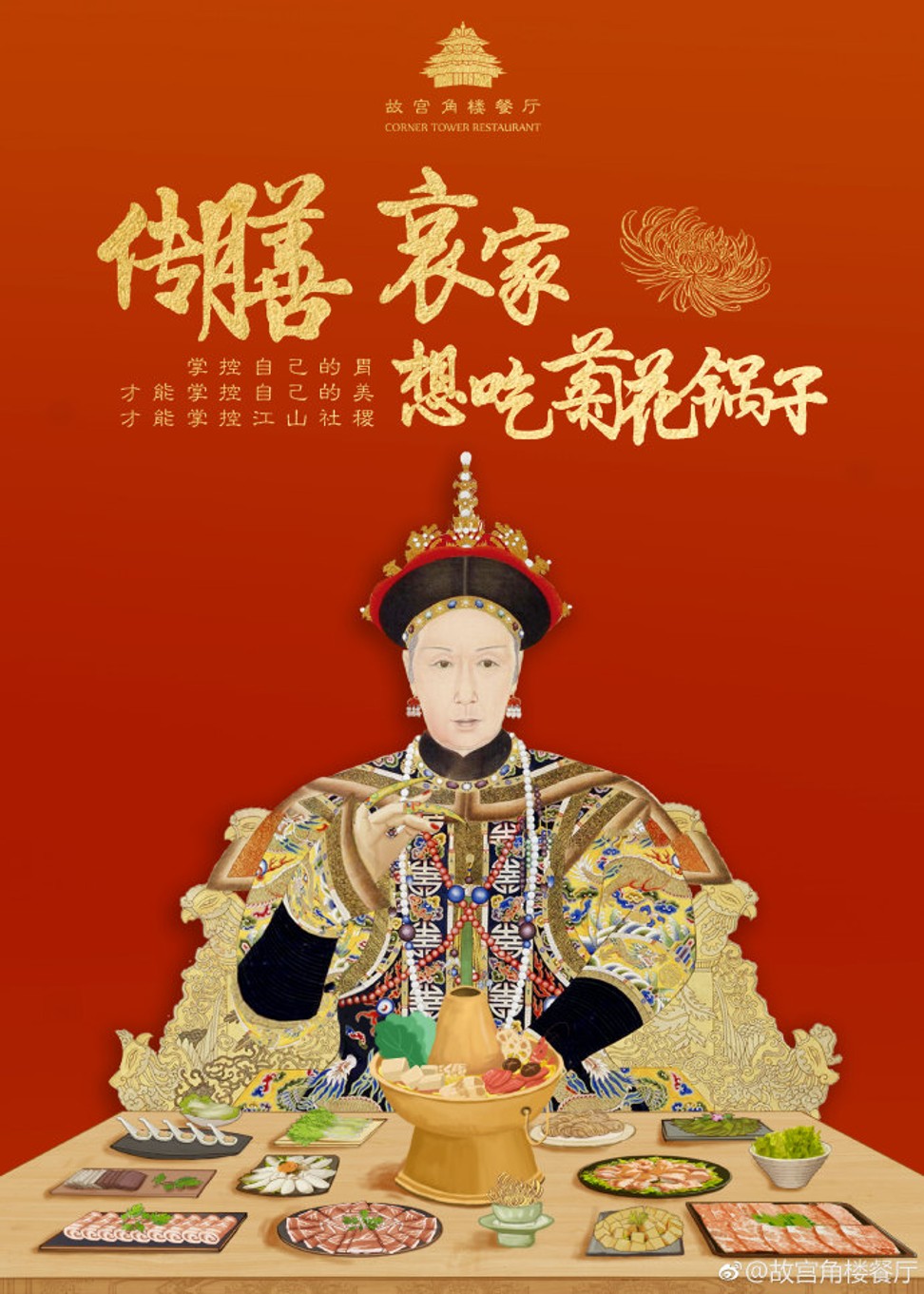
Five times Beijing’s Forbidden City became a trending topic online thanks to Palace Museum’s outgoing director
- Shan Jixiang made the 600-year-old imperial palace one of the most talked about places in China among millennials before his retirement
- He is credited with reviving the museum. Here are five of the museum’s most notable innovations under his leadership
The director of the Palace Museum in Beijing’s Forbidden City, Shan Jixiang, announced his retirement on Monday after seven years of service. The museum houses some of China’s most treasured cultural relics from the Ming and Qing dynasties.
The 64-year-old is considered to have revived the museum and made the 600-year-old imperial palace one of the most talked about places in China among young people.
The number of visitors to the museum hit a record high of 17 million in 2018, with 40 per cent of patrons under the age of 30, according to Chinese newspaper The Beijing News.
Many of the items sold at the museum’s shops and events held at the Forbidden City, have gone viral on the Chinese internet recently. Here are five that got Chinese internet users talking.

1. Lipsticks
The craze for Forbidden City lipsticks started with patterned paper tapes sold at the museum’s souvenir shop and online store. Creative bloggers wrapped the tapes around the base of their Yves Saint Laurent and Dior lipsticks and they instantly went viral online.

The Palace Museum spotted the trend and quickly tapped the US$4.6 billion beauty products market in China by launching its own brand of cosmetics.
The museum’s gift store has long had a cult following thanks to its innovative take on products such as calendars, paper fans and phone cases that sport designs inspired by the past. Sales revenue from the products reached 1.5 billion yuan (US$223 million) in 2017, according to Shan.

2. Hotpot
The Corner Tower Restaurant, just outside the north gate of the Forbidden City, started selling hotpot on the first day of Chinese New Year, in February.
It offered imperial hotpot with a chrysanthemum soup base, adored by Empress Dowager Cixi (1835-1908), one of the most powerful women in Chinese history.

The restaurant soon became popular online and people queued for hours to eat there.
With fame came public debate. Internet users asked whether it was appropriate to commercialise the empress and asked whether the steam from the hotpots could damage the 250-year-old structure that housed the restaurant, a former dormitory for imperial guards.
After less than a month, hotpot was removed from the menu. Shan said the move was to avoid more debate and misunderstanding.
Lipsticks with a cultural twist help Beijing’s Forbidden City woo young Chinese consumers
3. Night opening
The Palace Museum, which usually closes at 5pm, opened at night to celebrate the Chinese spring Lantern Festival, in February, to mark the first full moon of the lunar year.
For the first time in 94 years, the palace was lit up with lanterns and ancient drawings were projected onto rooftops. Traditional musical performances and a special exhibition were staged.
The announcement of the event quickly became a hot topic on Chinese social media, with 50,000 discussions and 350 million views on the microblogging platform Weibo within a day. Chinese internet users flocked to the museum’s official website, and its registration page crashed on the day it was announced.
Many internet users complained about not getting a ticket, with some willing to pay up to 4,000 yuan (US$590) for one on the black market, according to Chinanews.com.

4. Memes
The Palace Museum’s online store operator released a set of memes and GIFs on Chinese social media site WeChat, in 2014.
Artists animated ancient drawings of Emperor Yongzheng (in power from 1723 to 1735) making gestures, including one of him winking and making a V sign over his eye, and of washing his feet by the river.
The drawings went viral online and gained 785,000 views within a week on Weibo.

5. Documentary film
A three-part documentary called Masters in the Forbidden City was released in 2016. It shows the daily life of master restorers of relics and their apprentices working in the museum.
The documentary was first shown on Chinese state broadcaster CCTV and later went viral on streaming platforms such as Bilibili with over 4 million views. Less than a year later, its director decided to release an 86-minute film version to be shown in cinemas.
Life inside the Forbidden City: how women were selected for service
One of the master restorers, Wang Jin, who repairs ancient clocks and watches, charmed audiences with his craftsmanship and spirit, and was dubbed the “Forbidden’s City boy god” by internet users.
After the documentary was released, 15,000 people applied for a job with the museum’s relics restoration department in 2016, of whom only 20 were eventually taken on, Chinese newspaper Beijing Youth Daily reported. In February, Chinese news outlet Pear Video quoted Shan saying the number of applicants had grown to 40,000, this year.

